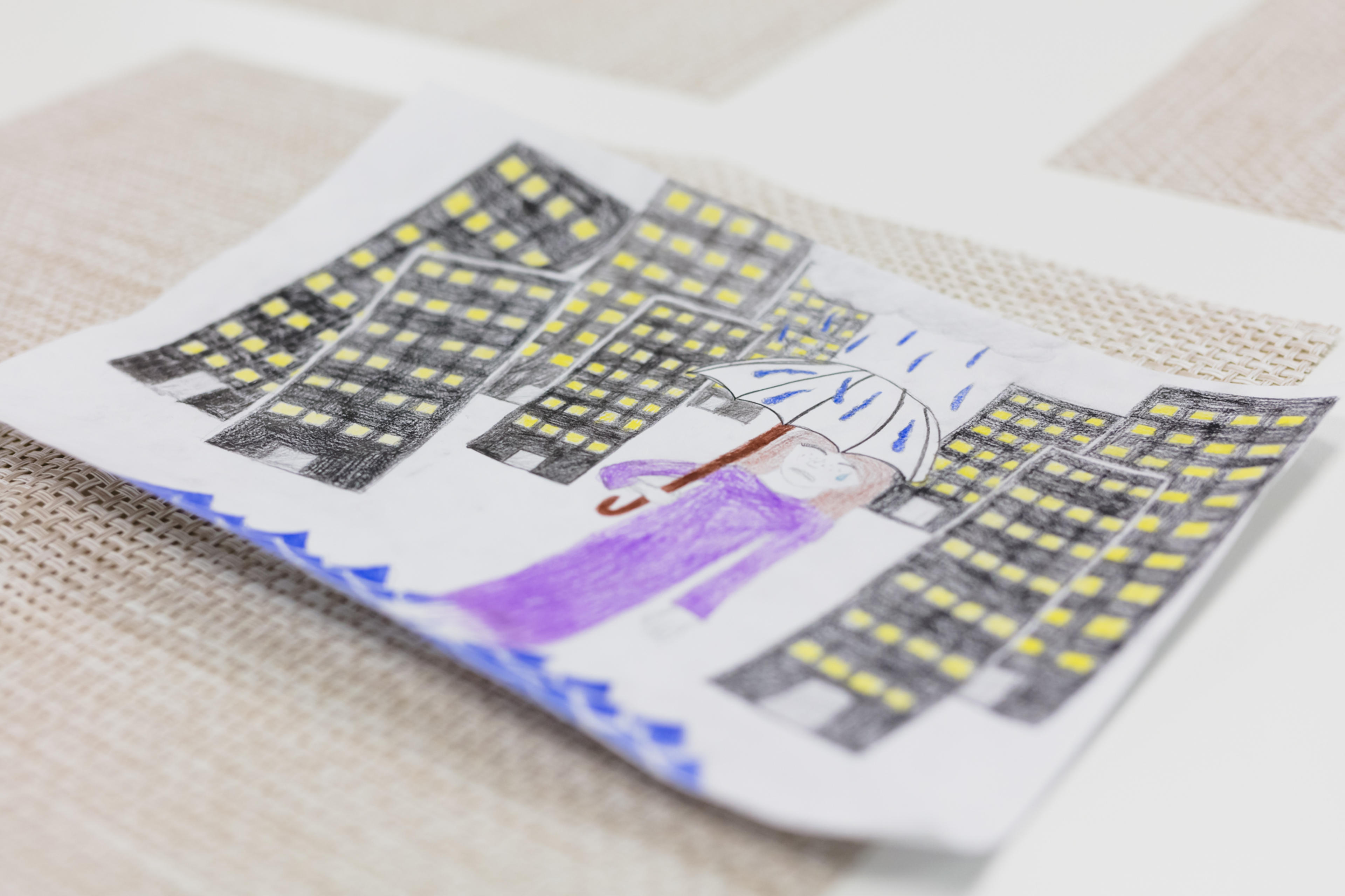When faced with death, we as adults are often confused, and it may be difficult to find the right words. Children, on the other hand, are only just learning the meaning of death based on observations from their surroundings. Children under school age are often very frank and direct when reflecting on issues related to death. At school age, when a child begins to have the understanding to fathom the finality of death, the theme becomes more emotional in nature. Young people’s understanding of serious illness and death is quite realistic.
If the child doesn’t bring up the topic of death, it doesn’t mean that they’re not thinking about it, or that they are not afraid. It might mean that the child has sensed the topic to be painful and off-limits, or that the child is too afraid to bring it up. It’s good to keep in mind that a school-aged child often has a lot of information from sources such as friends or the internet that their parents are unaware of. At worst, the child might constantly be watching for whether their parent or sibling is dying, because they’re unable to trust that other people will tell them the truth. In such cases, it may help the child to hear that their mother / father / sibling / grandparent is not dying of their illness right now, but that if or when that happens, other people will let them know. In the case of teenagers, you can also ask them directly how they would like to be informed about any changes.
When you learn that the moment of death is near, you should let the child know. Losing a loved one is even more painful if you haven’t had the chance to prepare for it. In the best-case scenario, the child has already been informed about the illness beforehand; this makes it easier to take in new information.
The child’s age and developmental level play a key part in what to say and how to talk about death. Some general advice for telling a child about their parent’s / sibling’s / loved one’s passing:
Set aside some time without interruptions and make sure that the location is quiet. Ask your spouse, partner, or other adult close to the child to accompany you. You can also ask a professional, such as a nurse from a palliative care unit, a social worker, a professional specialised in psychological support, or a hospital chaplain, to join you.
Begin by talking about what the child thinks is going on: “How do you think the person with the illness is doing right now?”. The child has probably noticed various signs that the situation is getting worse. “What kind of changes have you noticed? What do you think they mean? Are you scared about your mother / father / sibling / grandparent dying?” Don’t assume – ask questions and listen.
Tell the child that the situation has changed from what it was before. If the child previously believed that the treatment was going to cure or slow down the illness, tell them that unfortunately, this is no longer the case, even though everybody wanted the person to get better. “The medicine / treatment is no longer working, and it can’t make the illness go away / stay away. The illness is going to get worse, and the person’s body can’t work as it should anymore. In the end, the body is going to stop working altogether, and the person is going to die.”
Even though euphemisms might feel easier, you should use the actual words for what you’re talking about. For example, talk about “dying” instead of “resting peacefully” or “going to sleep”.
Talk about how life will still go on after the child’s mother / father / sibling / grandparent has passed away, as well as who’s going to look after the child, any arrangements that need to be made concerning the child (for example, if they will have to move), and where the family can find support. The child may be relieved to hear that although the grief is heavy and will remain a part of life for a long time, they will keep growing and moving towards adulthood, and there are happier times ahead.
Ask the child what they think about what you’ve told them and how they’ve interpreted the things you have talked about.
Encourage the child to talk or ask questions whenever something related to the topic occurs to them. A child’s questions may be very concrete in nature:
Where is the dead person going to go? Will they be cold in the casket? Can you call someone after they’ve died?
Is the family allowed to live in the same home? Can they still go to the amusement park in the summer, or can they still do [specific activity] without their mother / father / sibling / grandparent?
The child may keep asking the same question over and over again, hoping for a different answer. Be patient and keep giving the same answer – the child’s mind is trying to adapt to the new information.
If a child’s question upsets you, try to thank the child for asking the question regardless. You can say, “That’s an important question – let’s talk about it some more once I’ve had time to give it some thought.” “I don’t know” is also a good, acceptable answer.
After having the conversation, it’s good to move on to do something else, like an everyday activity or something you enjoy: maybe watch a film together, play a game, read a book, draw, or do something else that stabilises you.
Children react in their own unique ways. This can mean disbelief, grief, disappointment, anger towards the person who is ill, confusion, or acting as if nothing has happened. Come back to the topic later on to see what the child took away from it, and be prepared to have the conversation again.


